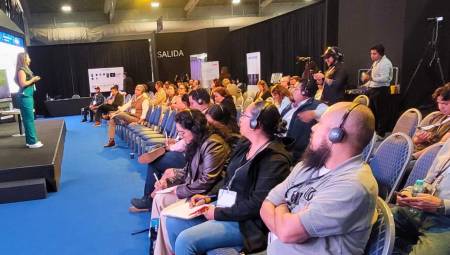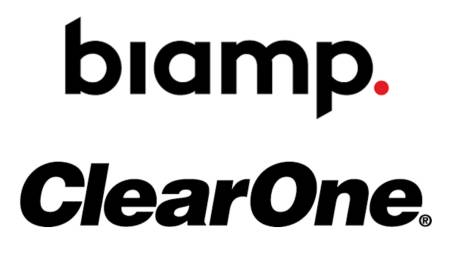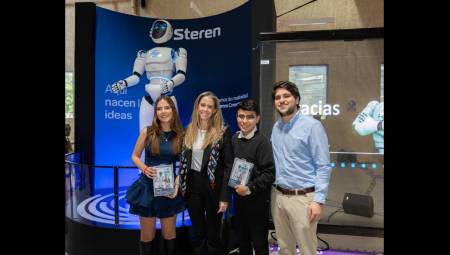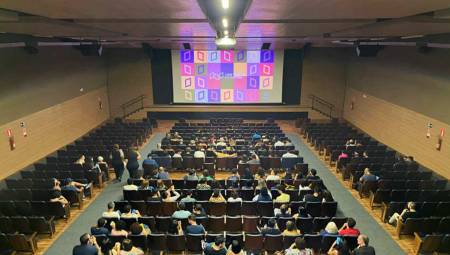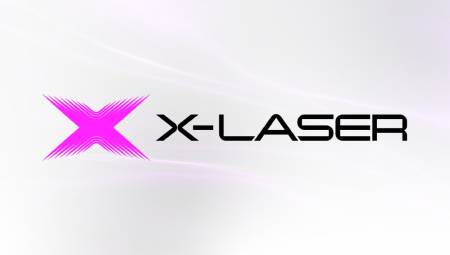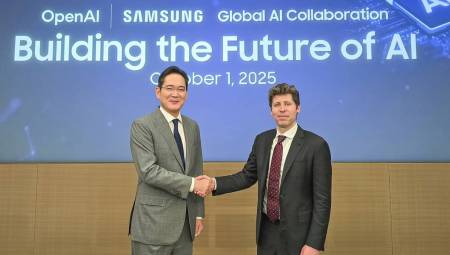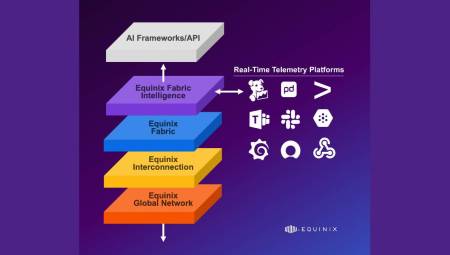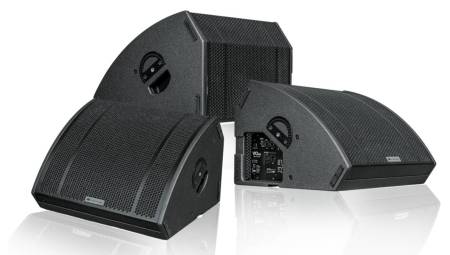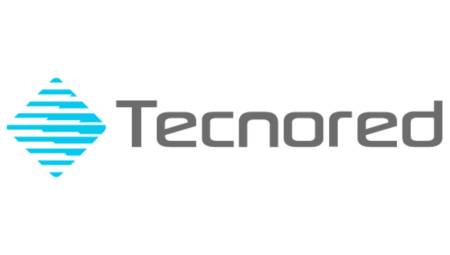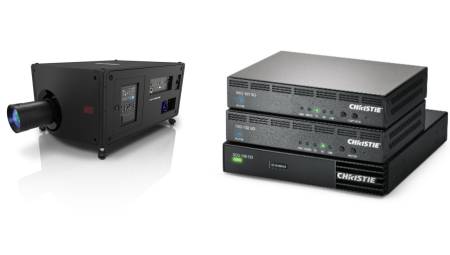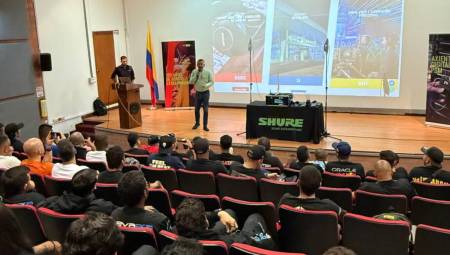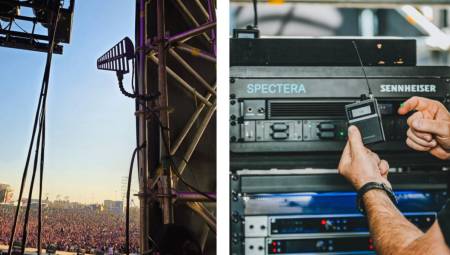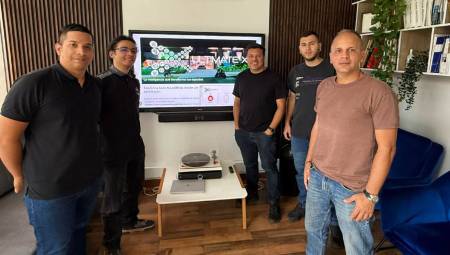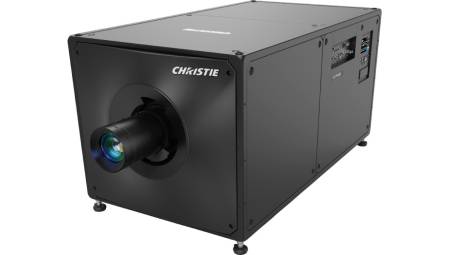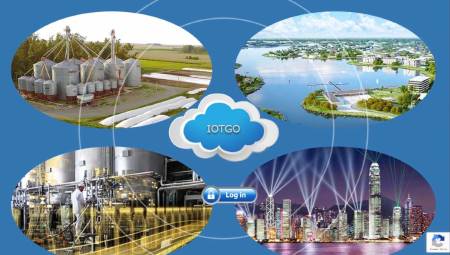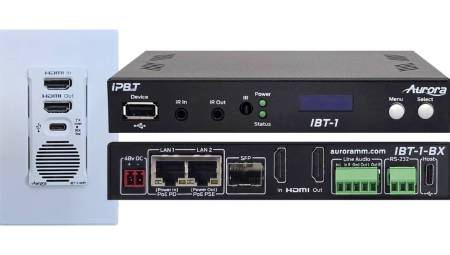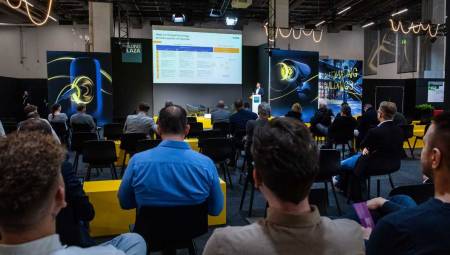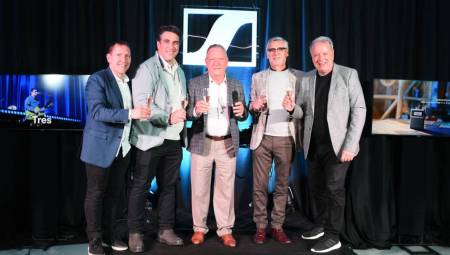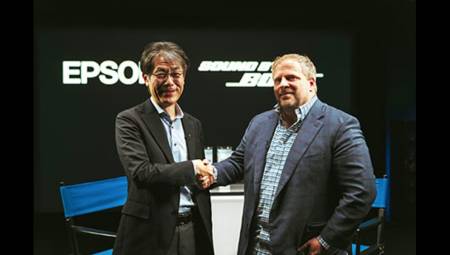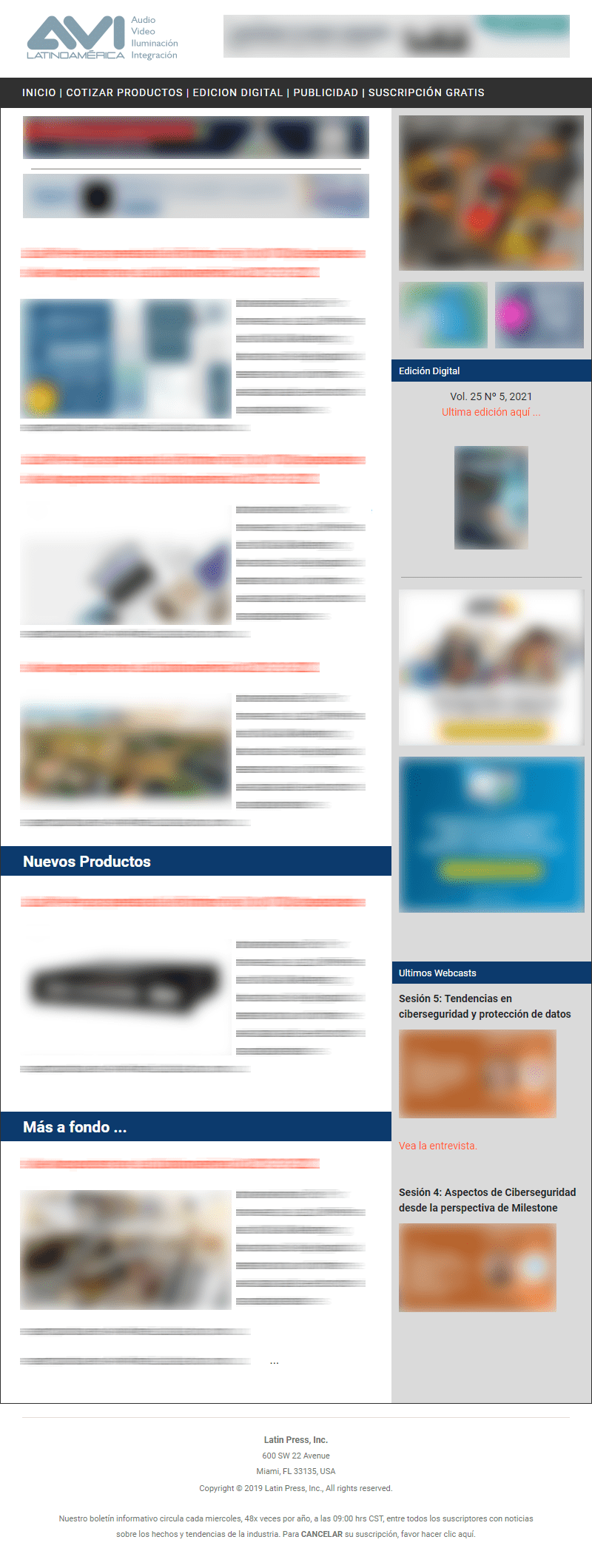 Latin America. The basis of the Internet of Things (IoT) is interconnectivity, the fact of having any device or object connected to a network and being able to obtain information from it or control it remotely through the network, generates a world of opportunities previously inconceivable. A few years ago this possibility was something that was only seen in science fiction films.
Latin America. The basis of the Internet of Things (IoT) is interconnectivity, the fact of having any device or object connected to a network and being able to obtain information from it or control it remotely through the network, generates a world of opportunities previously inconceivable. A few years ago this possibility was something that was only seen in science fiction films.
Nowadays interconnectivity is a reality, the fact of being able to access the microwave from the cell phone, make the lights of the house turn on because your cell phone is nearby, or that, when taking our car to the workshop, the mechanic already has all the information about the operation of the same and the possible problems that you may have, are some examples of the opportunities you have with IoT.
In the near future everything will be connected, and everything will be controlled, but what is the limit of that interconnectivity? How far does privacy go? We always look at these advances from the opportunity side, but like us, there are other people who see in these technological advances an opportunity to expand their dark or fraudulent businesses with new opportunities to enrich themselves illicitly.
The increase in the flow of information through global communications networks also means an increase in intentions to access the data that passes through these networks without authorization. The future is clear, but are we prepared for that future?, Is there an appropriate infrastructure?, Who will control the flow of information? Are we clear about how we can protect our information?, Can we trust service providers to take care of and secure our data? It is necessary that both public and private control measures, and programs and solutions that allow not only control but also security in the face of this growing trend, begin to be implemented now.
Interconnected devices have endless opportunities and options for automation, to make our lives more comfortable and productive by adopting new and different types of equipment and devices, but they can also be dangerous for the user. According to data from Gartner, in 2020 the IoT will be the target of more than a quarter of the cyberattacks that occur.
Attacks that could result in a deadly risk, for example, access to a computer that controls a vehicle to disable the brakes, change the route of an airplane and cause an air catastrophe, turn on the stove in a house remotely, alter the medical equipment used in a hospital, among others. The exposure of interconnected devices on the network ranges from simple toys, to devices used in the health sector. Insecurity in this new movement is a reality that all users should be aware of, and therefore it is a duty to protect information and one's own life.
Today there are multiple solutions on the market that allow us to offer a certain level of security to users who are beginning to explore the world of IoT, but the vast majority of these traditional solutions do not have the simplicity, flexibility, dynamism and adaptability that the exponential growth of IoT will require and unfortunately we can not blindly delegate the protection of our information to service providers, who in many cases, cannot and do not take responsibility for these issues.
That is why, when a company or organization decides to enter the world of IoT, it must look for innovative solutions that accompany global trends and answer questions such as Do I have an adequate information protection and security system? How exposed am I on the network? Is it flexible and easy to deploy and configure? Is it economical? Is it adaptable? Is it an HW or SW solution? Can it evolve? How complex is its administration? Is it state-of-the-art technology?
Now, finding and offering security solutions that prevent and insure users against this technological evolution is essential to accompany companies and individuals throughout the process of adopting these new technologies and adapting to the infrastructure that accompanies them.
These are two factors that if implemented as soon as possible, may positively affect the use of devices connected to the IoT, since it is expected that by 2017, 8.2 million devices such as smartphones, tablets, televisions, computers, video game consoles and even Blu-Ray players will be connected to the Internet. This represents an increase of 90% compared to the estimate of connected devices in 2013 and also by the calculations of the increase in the world population in the next three years, we can expect a figure of 1.1 devices per inhabitant.
After all these scenarios (increase in capacity and opportunity to connect devices, adequacy of IT infrastructure, regulation and security) the costs that this reality can generate will be evident. According to another Gartner study, by 2020 the Internet of Things will create US$1.9 trillion of added economic value and more than 30 billion devices will have an Internet connection. The world economy will be transformed due to the change in the ways of interaction and social and professional functioning.
Interconnectivity previously seemed impossible, being connected by cables was the only reality. Currently we are facing a new era, a new world that is transformed immediately and that we can hardly reach to size with statistics and calculations. It is necessary to accept all these possibilities and prepare to prevent any attack that may arise when using this type of technology, because just as its scope is infinite, its danger is infinite.
*Text written by Carlos Ferrer, Vice President for Financial Industry and Leader of Unisys Enterprise Solutions for Latin America
































